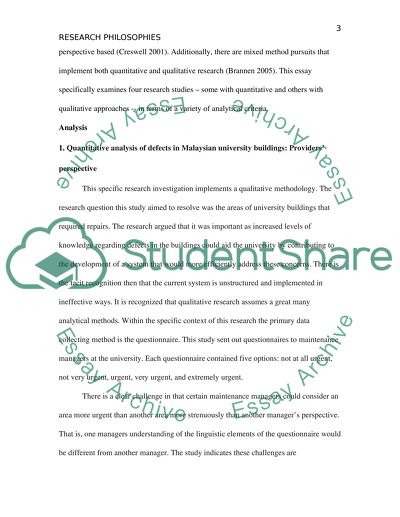Cite this document
(“RESEARCH PHILOSOPHIES AND PRINCIPLES Essay Example | Topics and Well Written Essays - 3000 words”, n.d.)
Retrieved from https://studentshare.org/tourism/1398804-research-philosophies-and-principles
Retrieved from https://studentshare.org/tourism/1398804-research-philosophies-and-principles
(RESEARCH PHILOSOPHIES AND PRINCIPLES Essay Example | Topics and Well Written Essays - 3000 Words)
https://studentshare.org/tourism/1398804-research-philosophies-and-principles.
https://studentshare.org/tourism/1398804-research-philosophies-and-principles.
“RESEARCH PHILOSOPHIES AND PRINCIPLES Essay Example | Topics and Well Written Essays - 3000 Words”, n.d. https://studentshare.org/tourism/1398804-research-philosophies-and-principles.


